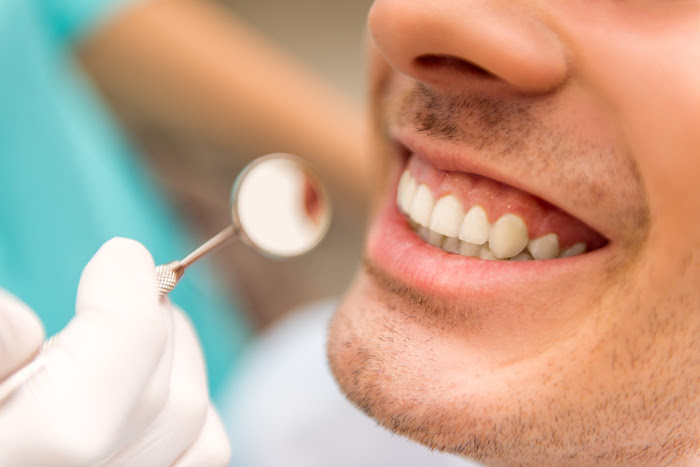What to Expect at Your Teeth Cleaning

You’ve had professional teeth cleanings twice a year for as long as you can remember – but you still may not know everything that your hygienist does during these visits. Today, our team at Wildwood Dental Clinic will explain some of the most common treatments performed during a routine visit as well as what to expect during your next dental cleaning.
Dental examination
When you arrive, the first thing your hygienist will do is perform a quick cursory assessment of your teeth, gums, and other oral soft tissues. In many cases, your dentist will also complete a more thorough examination to check for signs of tooth decay, gum disease, or other oral health issues.
Digital x-rays
Dental radiographs are essential to preventative care. At our practice, we utilize digital x-rays to assess the health of the teeth roots, supporting jawbone, and surrounding structures. In most cases, patients will require dental x-rays once or twice a year. However, patients who are prone to decay or gum disease – or those who have ongoing dental issues – may require more frequent radiographs.
Removal of plaque and tartar
Once the examination and radiographs have been completed, it is time for the teeth cleaning. During this step, the hygienist will use a combination of ultrasonic instruments and hand scalers to gently remove plaque deposits, tartar, and food particles from the teeth surfaces. Even those who practice impeccable oral hygiene at home will still require a professional cleaning to remove irritants in hard-to-reach areas. During this process, it is normal to hear scraping sounds – this should not be a cause for concern. If the gums are inflamed, you may also notice some mild bleeding following your cleaning.
Tooth polishing
To remove surface stains and biofilm from the teeth, your hygienist will use a special toothpaste and rubber polishing cup. The gritty texture of the paste will gently and thoroughly clean the teeth surfaces, leaving them shiny and smooth. During this process, you may hear a hum produced by the dental hand piece. However, the procedure itself should not be uncomfortable.
Professional flossing
During your cleaning, the hygienist will also floss between the teeth. This will allow him or her to detect areas of concern and offer personalized advice on how to keep the teeth clean. Some patients may benefit from the use of floss threaders, interproximal brushes, or dental picks. Our team can help you design a personalized oral care routine to keep your teeth and gums healthy between visits.
Oral cancer screening
Despite the scary statistics related to oral cancer, the condition is actually quite treatable when detected early. For this reason, we perform an oral cancer screening during every routine visit. This quick assessment involves a visual and physical examination of the head, neck, and mouth. In addition to checking the oral soft tissues for irregularities, we will also palpate to feel for any lumps or bumps. This simple screening takes only minutes, yet it can play a significant role in your oral health.
Supplemental treatments
If you are prone to cavities, then your hygienist may recommend topical fluoride treatments. Fluoride helps remineralize the enamel, making your teeth more resilient to decay.
Patients who tend to harbour food in the grooves and fissures of the teeth can benefit from dental sealants. This simple procedure involves the application of a clear material, which is painted onto the chewing surfaces with a tiny brush. This helps shield the teeth from debris and bacteria. Although preventative treatments are not a substitute for proper brushing and flossing, they can supplement your oral care routine for long-lasting success.
Contact our Saskatoon, SK dental practice
Has it been awhile since your last dental cleaning? Schedule an appointment at our Saskatoon, SK practice. Call us at 306-374-7272 or contact us online.
